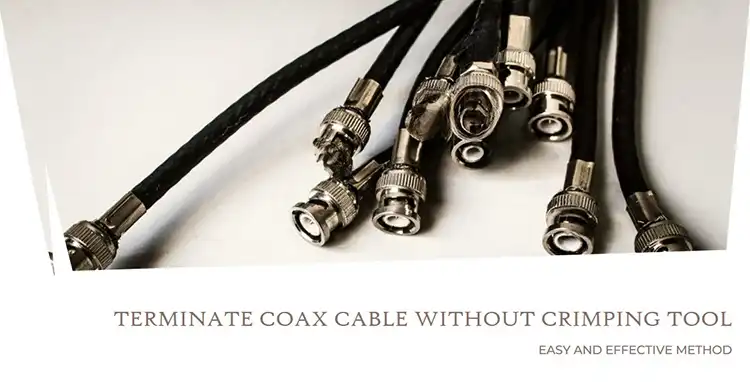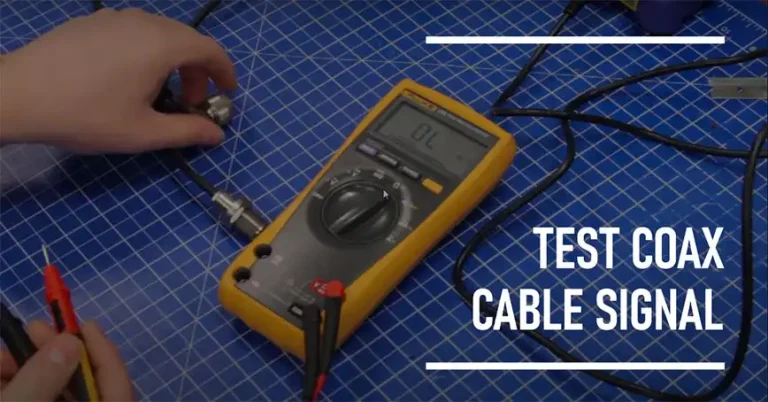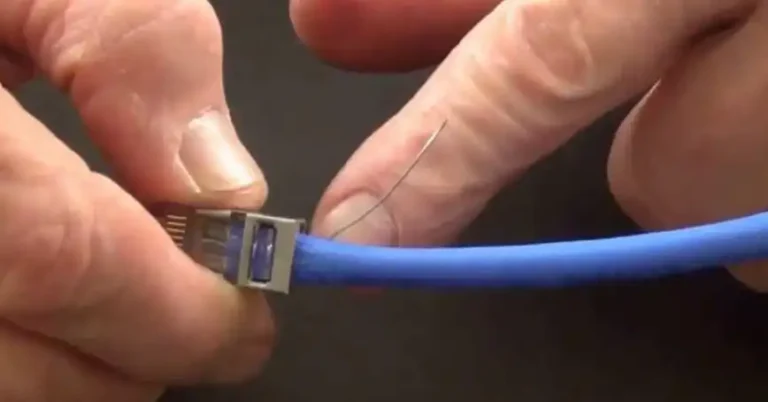How To Use Plastic Toggle Drywall Anchors?
Plastic toggle drywall anchors are devices designed to secure items to drywall without the need for a wall stud. These anchors expand behind the drywall, creating a strong hold that can support considerable weight.
They’re an essential tool for many home improvement projects. Plastic toggle anchors offer several advantages. They provide a secure mounting option when studs aren’t available or conveniently located.
These anchors can support heavier items than basic wall plugs, making them ideal for shelves, large picture frames, or wall-mounted fixtures. Additionally, they’re generally easier to install and remove than metal alternatives.
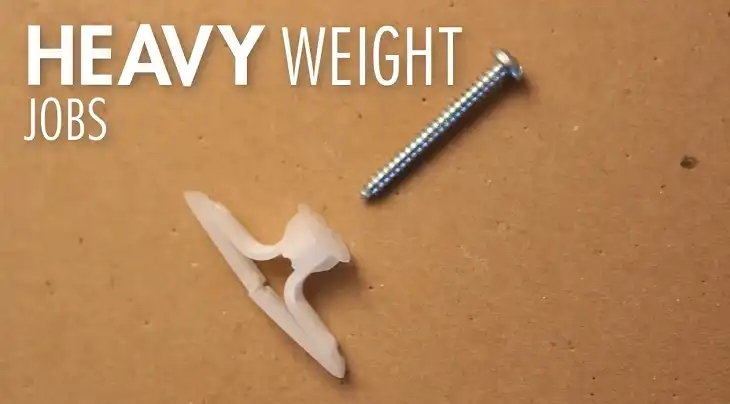
Installing Plastic Toggle Drywall Anchors
To install plastic toggle anchors, you’ll need a few basic tools. These include:
- Pencil
- Drill (appropriate size)
- Drill bit (appropriate size)
- Screwdriver
- Plastic toggle anchors
- Stud finder
- Level
- Awl
- Power screwdriver
A stud finder can be helpful to ensure you’re not drilling into a stud accidentally. While not strictly necessary, some additional tools can make the job easier.
A level helps ensure your markings are straight. A punch or awl can create a small indentation to guide your drill bit. For larger projects, a power screwdriver can save time and effort.
Step 1: Marking The Spot
Begin by determining the exact location for your anchor. Use a pencil to mark the spot lightly. If installing multiple anchors, use a level to ensure they’re aligned properly. Double-check your measurements before proceeding.
Step 2: Drilling The Pilot Hole
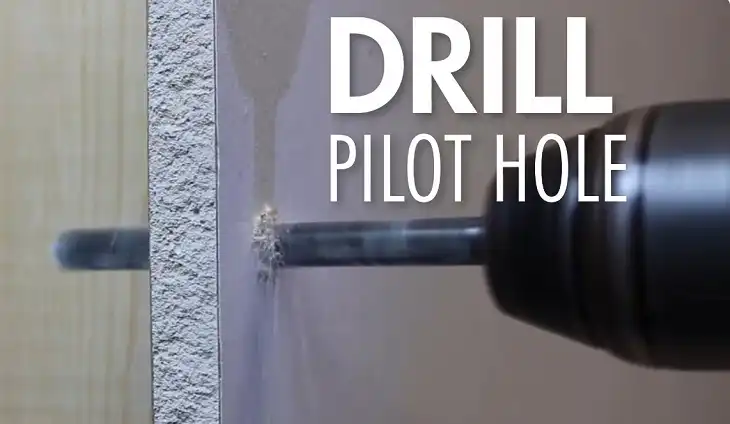
Select a drill bit slightly smaller than the anchor’s diameter. Drill slowly and steadily to create a clean hole. Be careful not to apply too much pressure, which could damage the drywall.
Step 3: Inserting The Anchor
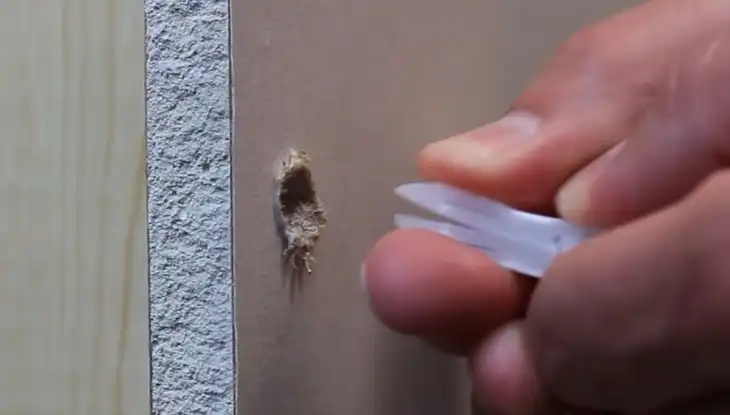
Fold the wings of the toggle anchor and gently push it into the drilled hole. Insert it until the collar of the anchor is flush with the wall surface. Take care not to force it if you encounter resistance.
Step 4: Securing The Toggle
Once inserted, the wings of the anchor should open up behind the drywall. Gently pull on the anchor to ensure it is securely in place. You should feel resistance as the wings catch on the back of the drywall.
Step 5: Installing The Screw
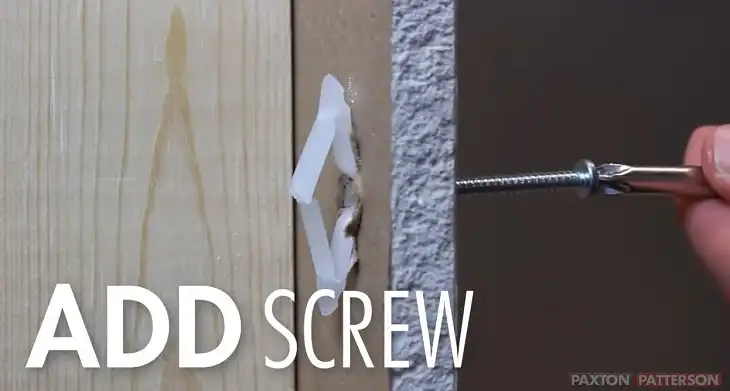
Insert the screw into the anchor, turning it clockwise. As you tighten the screw, the anchor will pull tight against the back of the drywall. Stop when the screw is flush with the anchor’s surface or when you feel significant resistance.
Tips for Successful Installation
A well-installed anchor is a thing of beauty. It holds your prized possessions securely in place, giving you peace of mind and a sense of accomplishment.
But fear not, even if you’re a DIY novice, these tips will ensure your anchors perform flawlessly.
Choosing The Right Size Anchor
The key to a secure hold lies in selecting the perfect anchor for the job. Here’s how to make the right choice:
Weight Capacity
Consider the weight of the item you’ll be hanging. Each anchor type has a weight rating, so choose one that exceeds the weight of your item. Better safe than sorry!
Drywall Thickness
Think about the thickness of your drywall. Some anchors are designed for thinner walls, while others can handle thicker ones.
Remember: When in doubt, opt for a stronger anchor. It’s always better to have extra support than risk your item falling.
Avoiding Common Mistakes
A little caution goes a long way when installing anchors. Here are some pitfalls to avoid:
- Don’t crank down on that screw! Excessive force can damage the anchor or cause the drywall to crumble. Tighten until snug, then stop.
- Leave some space between the anchor and the edge of the drywall. Installing too close to the edge can weaken the wall and compromise the hold.
- Drilling a pilot hole is crucial. The right size hole ensures the anchor expands properly and creates a secure fit.
Types of Plastic Toggle Anchors
Take a look at the different types of plastic toggle anchors:
1. Standard Plastic Toggles
Standard plastic toggles are the most common type. They feature wings that collapse when inserted through a pre-drilled hole and expand once behind the drywall.
These anchors are suitable for medium-weight items and work effectively in most drywall installations.
2. Hollow-Wall Anchors
Hollow-wall anchors, also known as molly bolts, have a larger bearing surface behind the wall.
This design allows them to distribute weight more evenly, making them suitable for heavier items. They’re particularly useful in situations where extra holding power is needed.
3. Self-Drilling Anchors
Self-drilling anchors have a pointed tip that allows direct insertion into drywall without pre-drilling.
While convenient, they typically have lower weight capacities compared to other types. These are best suited for lighter items or situations where using a drill isn’t feasible.
When to Use Plastic Toggle Anchors
Understanding the appropriate applications for plastic toggle anchors is crucial for successful installation.
Suitable applications
Plastic toggle anchors are ideal for hanging medium to heavy items on drywall, such as large mirrors, floating shelves, or wall-mounted televisions.
They’re particularly useful in rental properties or situations where minimizing wall damage is a priority.
Weight Limits And Considerations
The weight capacity of plastic toggle anchors varies depending on the specific type and size. Generally, they can support between 10 to 25 pounds per anchor.
It’s important to always check the manufacturer’s specifications for exact weight limits. The thickness of the drywall also affects holding capacity, with thicker drywall typically allowing for higher weight limits.
Removing Plastic Toggle Anchors
Removal of plastic toggle anchors may be required when redecorating, repairing drywall, or moving items to a new location. It’s important to approach removal carefully to minimize wall damage.
To remove a plastic toggle anchor, first remove the screw. Then, push the anchor into the wall cavity.
For a cleaner finish, use a utility knife to cut around the anchor’s collar before pushing it through. Patch the resulting hole with spackle or joint compound.
Alternatives to Plastic Toggle Anchors
Several alternatives exist, including expansion anchors, threaded drywall anchors, and sleeve-type anchors.
Metal toggle bolts offer higher weight capacity for very heavy items. Adhesive hooks can work for lighter objects without creating holes.
Consider alternatives when dealing with extremely heavy items that exceed plastic toggle weight limits.
For outdoor or high-humidity areas, use anchors specifically designed for these conditions. In situations where you can locate a stud, direct stud mounting is often the strongest option.
Conclusion
Plastic toggle anchors provide a reliable solution for hanging items on drywall without studs. They come in various types, each suited for different weight capacities and installation scenarios.
Proper installation involves careful marking, drilling, and securing of the anchor and screw. While plastic toggle anchors are versatile and user-friendly, it’s crucial to select the right type and size for your specific needs.
When installed correctly, they offer a secure and damage-minimizing solution for many household hanging tasks. Always prioritize safety and follow manufacturer guidelines for the best results.
FAQs
1. What Is The Difference Between Toggle Bolts And Drywall Anchors?
Toggle bolts are heavy-duty fasteners with metal wings that expand behind the drywall to provide strong support, while drywall anchors are typically plastic, or metal sleeves inserted into a drilled hole to hold screws. Toggle bolts are used for heavier loads, while drywall anchors are suitable for light to medium loads.
2. Do Plastic Drywall Anchors Work?
Yes, plastic drywall anchors work well for light to medium-weight items. They expand when a screw is inserted, creating a secure hold in the drywall. However, they are not suitable for very heavy objects or high-stress applications.
3. Do You Hammer Plastic Anchors Into The Wall?
No, plastic anchors should not be hammered into the wall. Instead, drill a hole slightly smaller than the anchor, then gently tap the anchor into the hole until it’s flush with the wall surface before inserting the screw.
4. Do You Need A Stud For Plastic Anchors?
No, you do not need a stud for plastic anchors. They are designed to hold securely in drywall alone. However, for heavier items, finding a stud or using a stronger anchor type, like toggle bolts, is recommended.
5. How Much Weight Can You Hang On Drywall With Plastic Anchors?
The weight capacity of plastic drywall anchors varies, typically ranging from 10 to 25 pounds per anchor. Always check the manufacturer’s specifications to ensure they can support the intended weight safely.
6. When Should You Not Use Drywall Anchors?
Avoid using drywall anchors for very heavy items, like large mirrors or shelves, where the weight exceeds the anchor’s capacity. Also, do not use them in situations where structural support from a stud is necessary for safety and stability.


